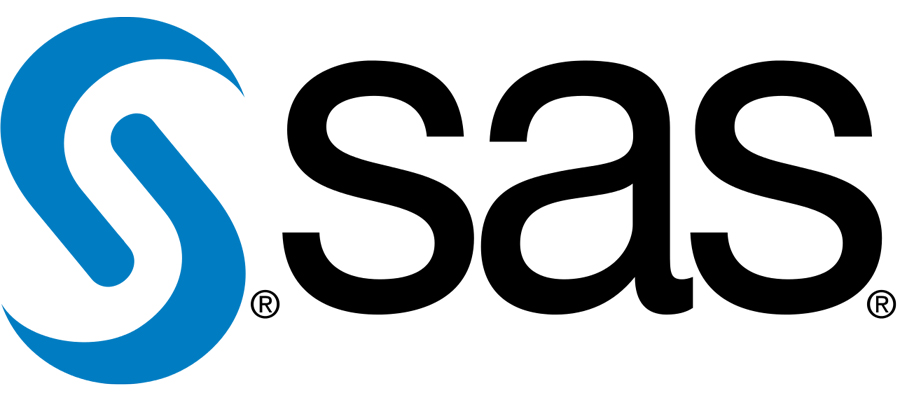SAS-sponsored research by Celent reveals a financial industry shaken by recent bank failures and mobilizing to improve risk management practices and capabilities; June 28 virtual event offers more insights
Philippines – The sudden fall of Silicon Valley Bank (SVB) in March was a staccato siren shattering a period of relative calm in the financial services industry. Between 2015 and 2022, bank failures averaged less than four per year – with none at all in 2021 and 2022. SVB’s ripple effects have intensified attention on asset liability management (ALM), a long-overlooked facet of risk management. How financial firms are adapting is the subject of a new ALM research study by Celent, sponsored by analytics leader SAS.
The resulting report, Modernizing Asset Liability Management, is based on a global survey of 266 risk-focused finserv professionals in 22 countries. It provides timely insights into firms’ strategies for strengthening their balance sheets amidst rising interest rates and soaring liquidity risk, the one-two punch that triggered the bank runs that toppled SVB and, subsequently, Signature Bank and First Republic Bank. Among the study’s key findings:
- ALM modernization is mission-critical.
Most firms (80%) are considering significant improvements to their ALM functions, although planned investments vary by firms’ asset size. A majority of Tier 1 firms ($750 billion or more in assets) are focused on implementing next-gen ALM technology (e.g., cloud-native, API-driven systems and machine learning), whereas nearly half of Tier 3 and Tier 4 firms ($50 billion to $249 billion in assets) are contemplating new systems.
- Foresight, alignment and automation are firms’ top three near-term ALM enhancement priorities.
Nearly six in 10 firms (59%) aim to boost their forward-looking simulation capabilities. More than half seek better alignment of ALM with their risk, treasury and finance functions (53%) as well as increased automation in regulator-mandated areas of risk (52%).
- Integrated balance sheet management is most firms’ end goal.
Less than a third (29%) of banks have fully automated data sharing between ALM and other risk or business functions. But 40% of firms say they’ve already achieved integrated balance sheet management – and another 39% are striving for it.
Months in planning, the survey was fielded globally in March, giving the research collaborators a unique vantage point to snapshot the changing state of ALM.
“The survey could not have been better timed to capture how firms are responding to evolving disruption,” said Neil Katkov, Director of Risk at Celent. “The good news is that nearly all banks and capital markets firms are using technology systems for ALM, but about half are using dated, monolithic systems that have rather inflexible, prebuilt functions. Such systems simply cannot support the processing speeds and model granularity needed to support ALM best practices, including intraday analytic capabilities and process automation and orchestration.”
“At the start of the year, few would have predicted that asset liability management would take center stage the way it has – but SAS did, and the truth is that we’ve been preparing for this moment for a long time,” said Troy Haines, Senior Vice President of Risk Research and Quantitative Solutions at SAS. “SAS’ acquisition of Kamakura was orchestrated as part of a long-term strategy to bolster our deep expertise and industry-leading IP to help our customers navigate the most treacherous risk climate the world has seen in more than a decade.
“Even before the recent bank failures, SAS’ strategic investment was delivering on its vision. The retooling of SAS® Asset and Liability Management on SAS® Viya® is already helping financial firms better predict and mitigate the interest rate, liquidity and balance sheet risks that sparked the industry’s current upheaval.”
ALM insights by region and more, available on demand
In complement to the ALM research report and LinkedIn Live event, the GARP ALM webcast Fresh Insights for Financial Services: Analytics Modernization and Next-Gen ALM delves deeper into the study’s findings. Join risk experts from SAS, Celent, GARP and American AgCredit on demand to probe:
- Essential analytic capabilities and must-have functionalities.
- Regional priorities for supporting ALM advances.
- Preparations for the IBOR transition.
Liked this post? Follow SwirlingOverCoffee on Facebook, YouTube, and Instagram.


